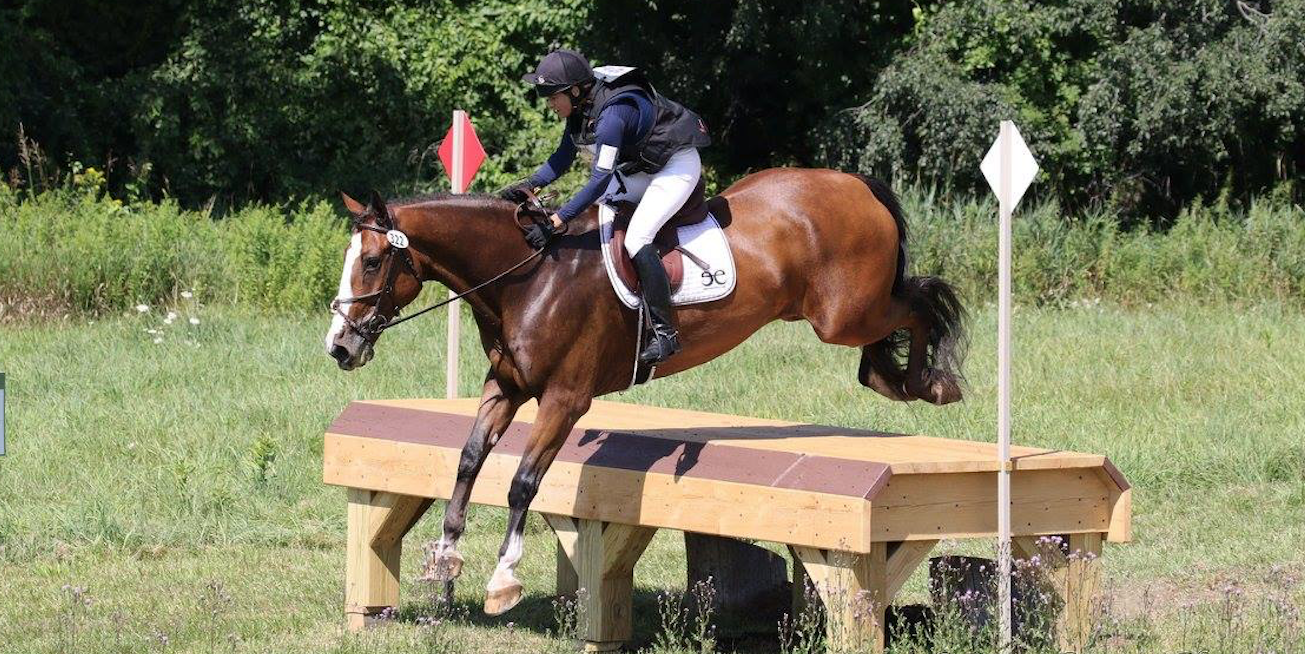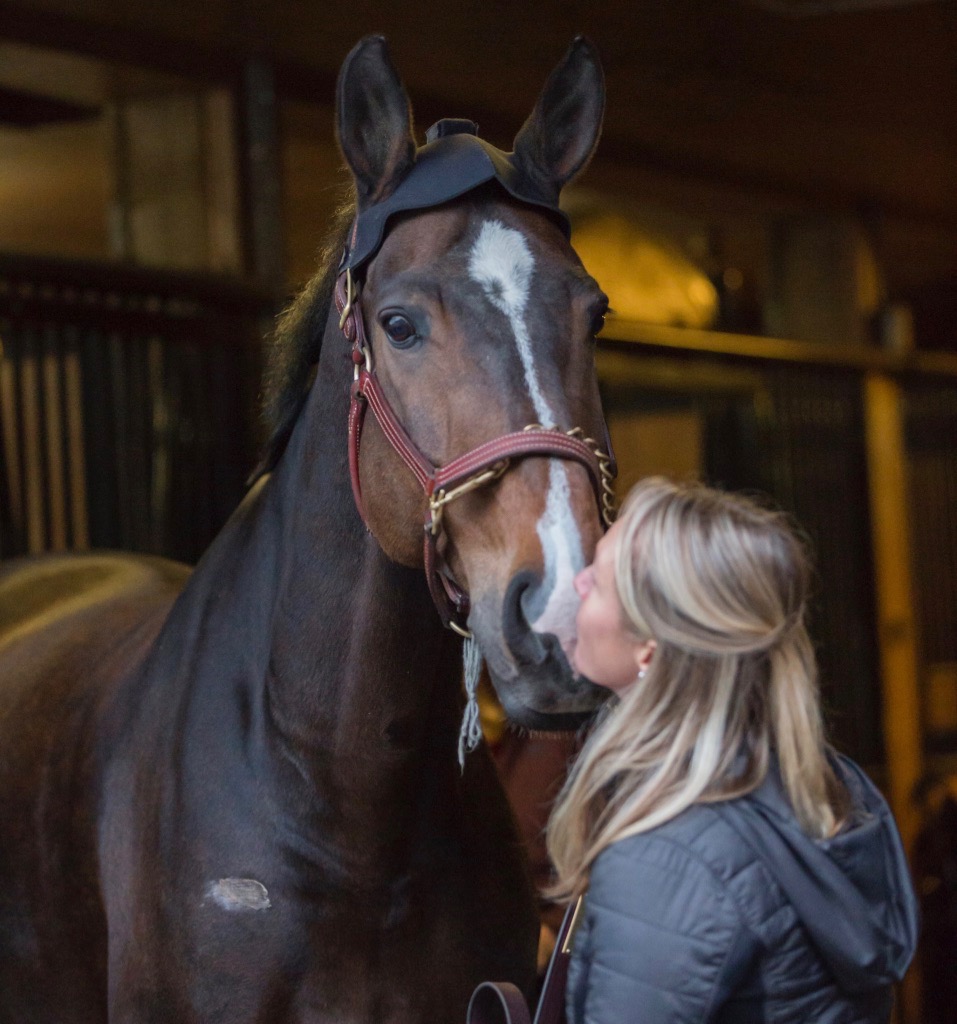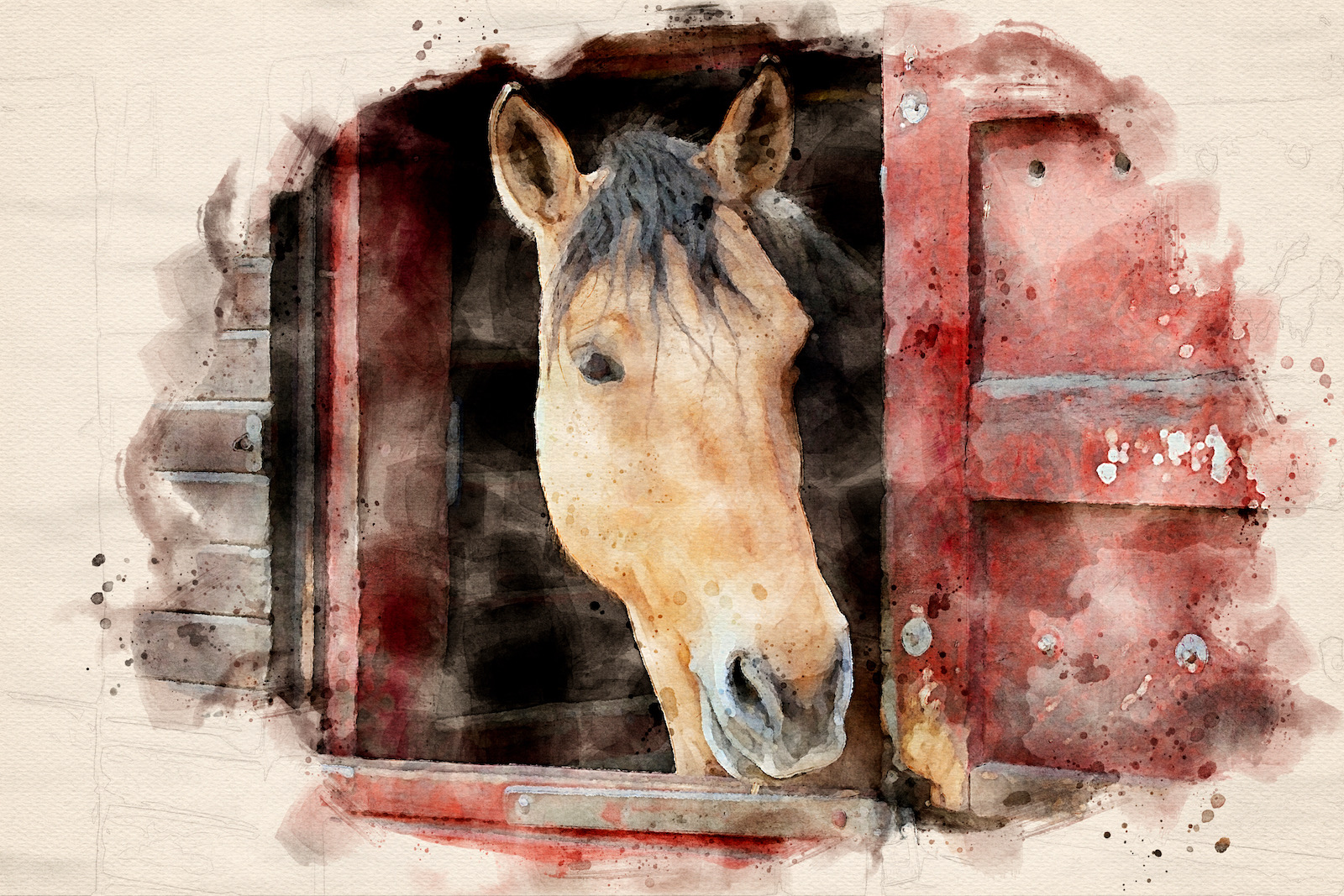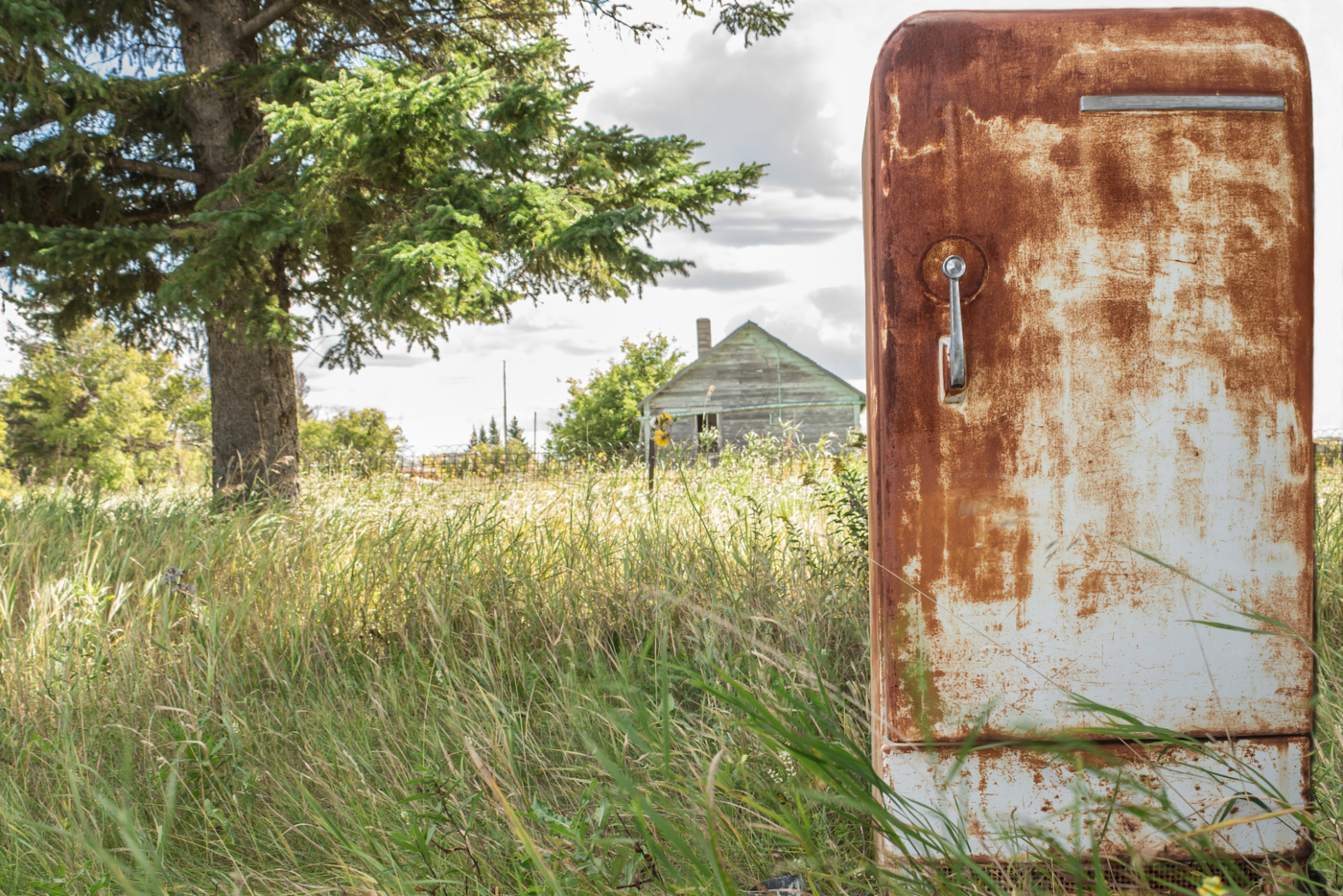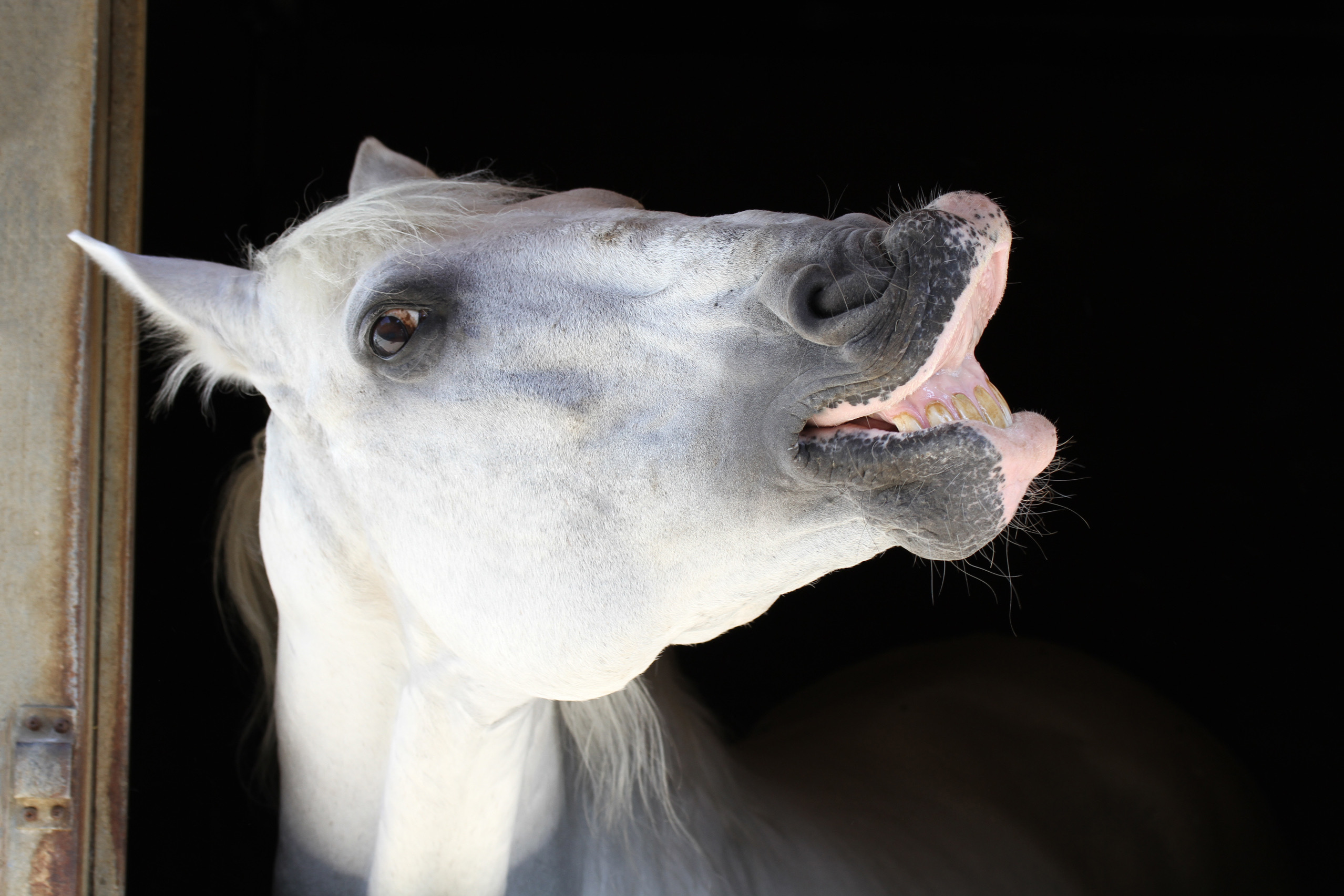Michele Leasure is a licensed orthopedic specialist in North Salem, NY, and owns a physical therapy practice with many of the equestrian industry’s top professionals as clients. Armed with a degree in kinesiology as well as a masters in physical therapy, Michele began her career working in a rehabilitation hospital with a focus on stroke victims, as well as those with head and spinal cord injuries. However, her dedication to equestrian sports soon led her to focus on riders, and in 2002 she was chosen as the official physical therapist of the US team at the World Equestrian Games in Spain.
In addition to her practice, Michele competes her gelding, Ridley, at three-day events all over the east coast. As a competitor of 40 years and a therapist of 25 years, Michele has quite literally seen it all, and because equestrians are prone to both chronic as well as traumatic injuries (and because we’ve been privy to the incredible healing power of Michele’s hands ourselves), we couldn’t wait to pick her brain about rider-specific injury prevention, as well as what to do when we unexpectedly hit the dirt.
What are some of the most common chronic wear-and-tear injuries that riders experience?
Wear-and-tear is inevitable. Most commonly I see degenerated discs, herniated discs, torn rotator cuffs, as well as chronic tendonitis in the rotator cuff, patellar, and Achilles’ tendons. All of which are treatable – and many preventable – with proper stretching, strengthening and maintenance.
For any avoidable injuries, what are some activities that aid in prevention?
Posture! It is the single most important part of preventing pain in all areas of your life (sitting, standing, sleeping and driving). Secondly, body mechanics – bending over the wrong way to lift and/or carry objects is the biggest cause of injury. Correct body mechanics needs to start early. Many people come to me saying, “But I only bent down to pick up my shoe.” It wasn’t the one time you bent down to pick up your shoe. It was the years of bending down incorrectly that led to the breakdown of the tissues. Stretching is also important. There are average numbers of how much flexibility you should have at each joint, but everyone is built differently. The most important thing when stretching is that there is no pain, and that the left and right side feel the same. Last but not least is core strengthening. A consistent gym routine does not mean your core is strong, nor does riding eight horses each day. Only one side of your body will get strong, and the opposing muscles must be worked. My choice for core strengthening is Pilate’s with a certified instructor, using equipment and performing mat exercises.

What are some of the most common fall-related injuries that riders experience?
Broken collarbones. I haven’t come across many riders who haven’t broken a collarbone.
Because we all know that riding is only half the fun, what are some of the barn-related activities that commonly cause injury (cleaning stalls, bucking hay, clipping three-year-olds, etc.), and how can these injuries be prevented?
All barn activities cause injury primarily to the back, and all can be avoided with good body mechanics when lifting, carrying, grooming, and mucking. Low back supports are a necessity for the barn!
Riders are notoriously tough and frequently put their steed’s needs above their own, often seeking physical therapy only due to a doctor’s orders. Is there a specific point at which a rider should seek PT in order to prevent potential visits to the MD?
Riders should see a professional when they have pain (not muscle soreness) lasting more than 24-48 hours, and after a fall. It isn’t how hard you fall, but the way you fall that can cause serious injury. Additionally, riders should seek out a good osteopathic doctor or therapist. Riding or working in pain leads to other areas of the body getting injured, and takes longer to resolve once in treatment.
Since time is a luxury, any ideas for using the barn as our fitness center?
An exercise ball, Thera-Band and a mat are all you need to make a gym in the barn. You can stretch anywhere!
What about sleep (mattresses?), driving (long hauls?), traveling (if we can’t afford First Class?). How can we continue to make our bodies comfortable and ready for riding?
Mattresses should be firm and without lumps (I like the Tempur-Pedic mattress). Always carry your favorite pillow! I used to have people lined up by the second night in a new town due to neck pain from bad pillows and mattresses. Posture is the key to pain-free sleeping, driving or flying; your hips should be even with or higher than your knees, feet flat on the ground. Car seats that dip down in the back can be adjusted with a towel folded up under the buttocks. Lumbar supports do nothing if your hips are not level with your knees, because it is impossible to sit up straight. In driving and flying situations, get up frequently or at least move in your seat. I also recommend having a soft neck collar and low back support at all times, in case something happens.
What is your “riding prep” ritual?
I check my alignment daily by stretching, and also lying on a hard floor and taking a survey of how balanced my spine feels. Until I had a back injury, I never checked or stretched. After herniating a few discs, I learned that I was wasting my time and money going to ride without stretching and checking my alignment.
Are there any miracle vitamins or elixirs that you believe contribute to physical health?
There is no quick fix. What I tell people is get objective data about what your true deficits are before taking supplements. Many years ago I was having many problems with my joints, healing, stomach, etc. I went to a Naturopath who did a hair analysis, which revealed I was deficient in over 12 minerals and vitamins. I took appropriate supplements and redid the analysis 6 months later. I felt better and was able to eliminate supplements I no longer needed. I am not going to discourage anyone from trying magnets, lasers and whatever else is out there. If it makes you feel better, great, but it will never replace eating right, stretching and exercise.
An eventer, a dressage rider, and a show jumper walk into a bar. What happens next?
Eventer: Hey, are you guys going to the Bruce Springsteen benefit concert tomorrow night?
Show Jumper: What time?
Dressage Rider: 5:00pm
Show Jumper: No, I’m competing tomorrow.
Eventer: So are we. I compete at 8:12, 10:15, and 11:05.
Dressage Rider: My times are 9:06 and 11:00.
Show Jumper: My times are somewhere between 8:00am and dark.


